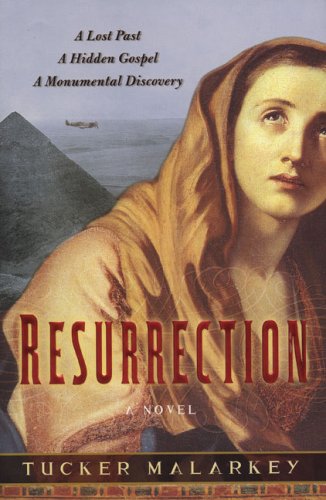Resurrection
In 1947, Gemma Bastian makes a decision to leave London for Cairo upon receiving word of her father’s death. Charles was an archaeologist, and had spent the war years in Egypt. As a nurse, Gemma had watched many young men return home maimed, and some to die. An independent and strong-willed young woman, she is saddened that she had not had a chance to see her father for many years; she resolves to scatter his ashes in the country that he loved.
Charles had been studying the recently discovered Nag Hammadi Lost Gospels. It was his contention that their discovery would shake the foundations of the Christian world. When Gemma arrives at the home of Charles’ former archaeological partner, David Lazar, she learns that the two men had disagreed and parted ways. However, one of David’s sons was working with Charles, who was a mentor to him. David’s older son, Michael, was a decorated RAF flyer who suffered burns and the loss of a leg. Both sons are attracted to Gemma, and she to them.
The author has based her fictional account on the true events surrounding the discovery of the gospels and includes many real people in her novel. While those events and the narration of them are interesting, the storyline also contains elements of lost feminism in Christianity, as portrayed in many recent popular novels. The writing is strong, and the subject of current interest, though the novel suffers from extremely slow pacing. However, it will not diminish the reader’s fascination with this tale of ancient secrets brought to life.










